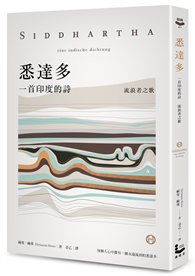Although the vast majority of investment treaties include a fair and equitable treatment (FET) clause, a considerable degree of variation in the actual content of the clause remains. In this important book by a well-known authority in international investment law analyses how tribunals have concretely interpreted FET clauses in relation to the minimum standard of treatment (MST), with detailed reference to all publicly available awards dealing with the provision rendered by arbitral tribunals in the past 25 years.
This first comprehensive survey of case law since the 2012 UNCTAD Report highlights the following important trends:
tribunals have interpreted the status of a FET clause and its relationship with the MST differently depending on the specific wording of each provision;
how a tribunal analyses the status of a clause has a direct impact on the interpretation (broad or narrow) it gives to the content of the standard, including whether or not it includes protecting investors’ legitimate expectations;
the way a tribunal analyses this issue has, in turn, a direct impact on how it addresses matters of liability and compensation; and
the success rate of claims filed under ’stand-alone’ FET clauses (containing no mention of ’international law’ or any other standard) and those referring to ’international law’ is much higher compared to clauses expressly linked to the MST.
This book is the first to provide solid empirical evidence showing that the scope of the FET protection under a treaty very much depends on the type of clause being applied by a tribunal. The author’s thorough analysis will provide arbitrators and counsel with useful guidelines to assess how the clause has been interpreted by tribunals. It will also offer States and other stakeholders an in-depth analysis of some of the pitfalls and benefits that are associated with each different type of FET clause.











